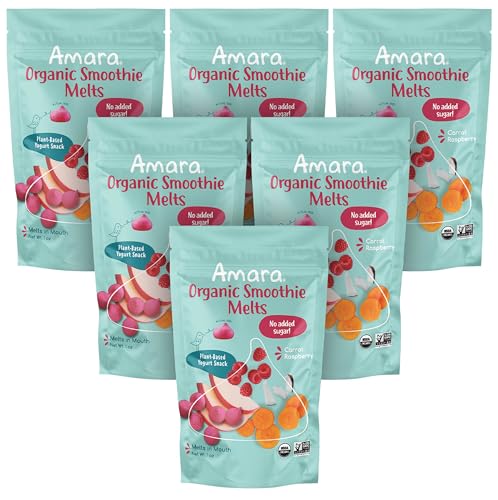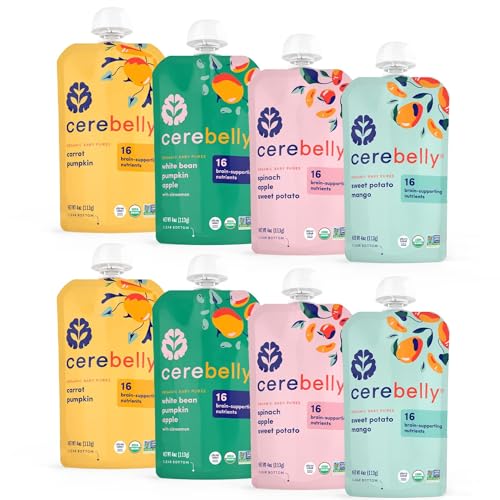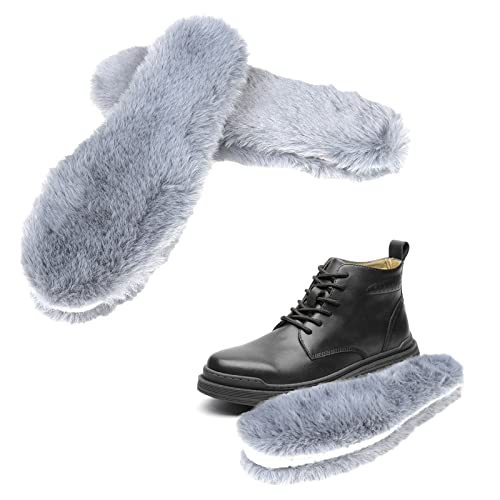Susie570
Well-known member
Zass":3uvs6299 said:Now your asking us to ID a rabbit' s color based on one pic. You know we can't do that with all colors
:razz:
I can't ID that white one because I can not see the eye well. If it's dark it's probably a really lightly marked frosty or ermine. (non-extension chinchilla)
The one labeled cream is definitely a cream.
With non-extension in the mix it can be harder to ID self or agouti based (cream or tort) visually.
If I could see the belly and undersides of the ears I would have a better idea...
LOL I know, I know... I'm asking a lot!!
This is the only way I can really learn about this stuff though, so I'm glad you folks are such good sports about it.
Thank you
__________ Tue Mar 03, 2015 4:13 pm __________
Dood":3uvs6299 said:The bottom two are agouti and non-extension which mimics self fawn/orange/red if they also have a white cream belly and no white eye rings then they are also wideband and look even more like a self orange.
OK, so... although there is no such thing as a Self Orange/Fawn/Red, they can LOOK like it due to the agouti pattern with non-extension. Did I get that right??
Dood":3uvs6299 said:The non extension gene increases the yellow pigment in the fur shaft and crowds out the black pigment band so much so they no longer have noticeable black in the fur (basically the opposite effect of steel (also on the E-locus) which crowds out the yellow pigment)
Then Non-Extension is the opposite of Chinchilla? Chinchilla REMOVES the yellow pigment, Non-Extension INCREASES the yellow pigment (weird, one would think that 'non-extension' would have a cute name, like Chinchilla does!) lol
Dood":3uvs6299 said:The tan gene "at" on the A-locus creates tans, otters, marten and fox colours
Tan the colour is always wideband
Otter the colour is always not wideband
When you say 'wideband', do you mean that the agouti pattern is spread out over the entire surface of the rabbit?
So that picture posted of the brown & black rabbit, is 'Tan Wideband'?
And 'Otter' would be more... 'contained' sections of the brownish color?
What constitutes a Marten or Fox?
I've seen Silver Martens, and that seems to be both a breed and a color. <br /><br /> __________ Tue Mar 03, 2015 4:54 pm __________ <br /><br /> I guess I got annoying!!! :lol: :lol:






















































